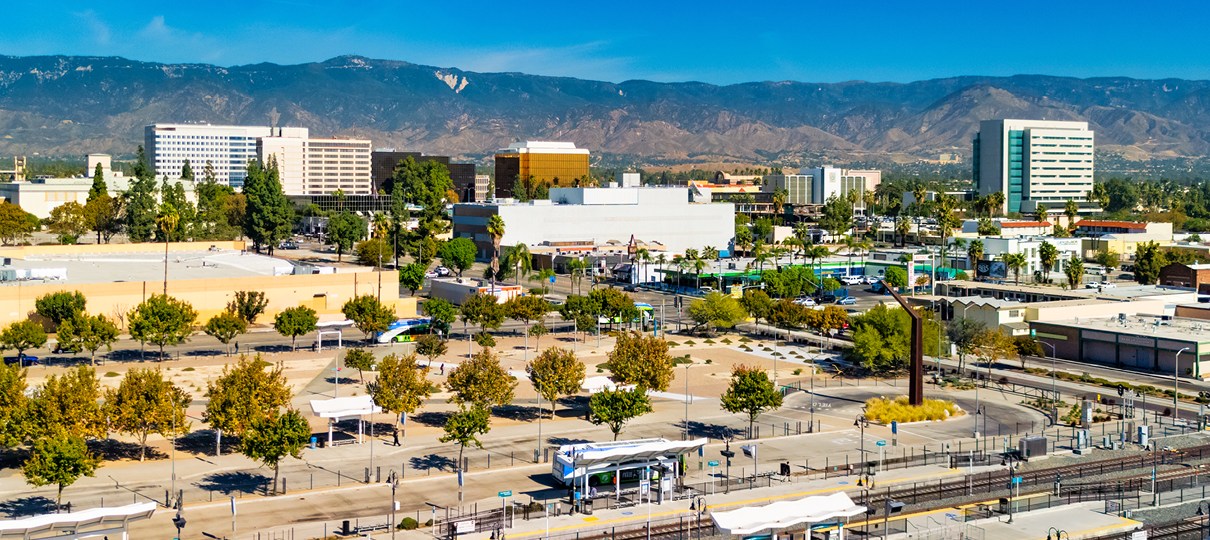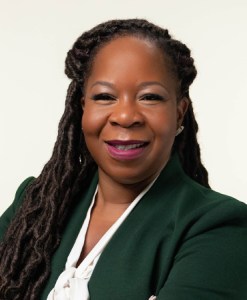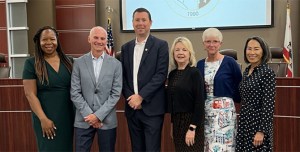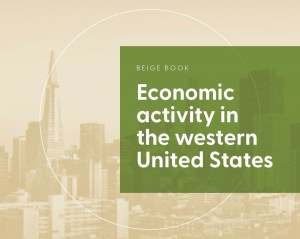As a community-engaged bank, the SF Fed seeks out real-time information on economic conditions by engaging with and learning from businesses, community organizations, and local leaders. These conversations are one of the many inputs into the decisions and monetary policymaking at the Federal Reserve as we pursue our mission.
Here is a recap of what we learned during a recent outreach visit in the Inland Empire from Qiana Charles, Vice President and Regional Executive of the SF Fed’s Los Angeles branch.
Did you know that in California, there are over 36,000 manufacturers and over 1.22 million people employed in the manufacturing sector? Additionally, manufacturing contributes to roughly 10% of total economic output in California.
This sector has created new industries and supplied the world with goods from aerospace, computers, electronics, consumer goods, and most recently, zero-emission vehicles. During a recent visit to the Inland Empire, which is located approximately 60 miles east of Los Angeles, I had the opportunity to visit two manufacturing companies, Karma Automotive and BuzzBox, as well as a technology firm, Esri.
What I learned from my visit is that the Inland Empire (IE) manufactures a wide range of goods – from automotive to consumer products – and that the region’s technology sector is also thriving.
The IE encompasses Riverside and San Bernardino Counties, which are the fourth and fifth most populous counties in California with 4.6 million residents.
As a regional executive of the Federal Reserve Bank of San Francisco, Los Angeles branch, a vital part of my role is to develop relationships with local business leaders across the Twelfth District and gather insights into how businesses are pivoting or responding to current economic conditions. Through this work, my team and I help build awareness and understanding of the Fed’s role in building an economy that works for all of us. Ultimately, what my team and I learn from engaging with these businesses in the Twelfth District helps inform the Fed’s monetary policy decisions.
While visiting Esri, Karma Automotive, and BuzzBox, my colleagues and I gained firsthand insights into the firms’ operations, labor force, challenges, opportunities and innovations. These visits were more than tours, they were opportunities to listen and learn about how companies are impacted by current economic conditions in real-time.
It was a pleasure to see the manufacturing sector in the IE in action and I look forward to doing more outreach with local and regional businesses in Southern California.
The views expressed here do not necessarily reflect the views of the management of the Federal Reserve Bank of San Francisco or of the Board of Governors of the Federal Reserve System.




